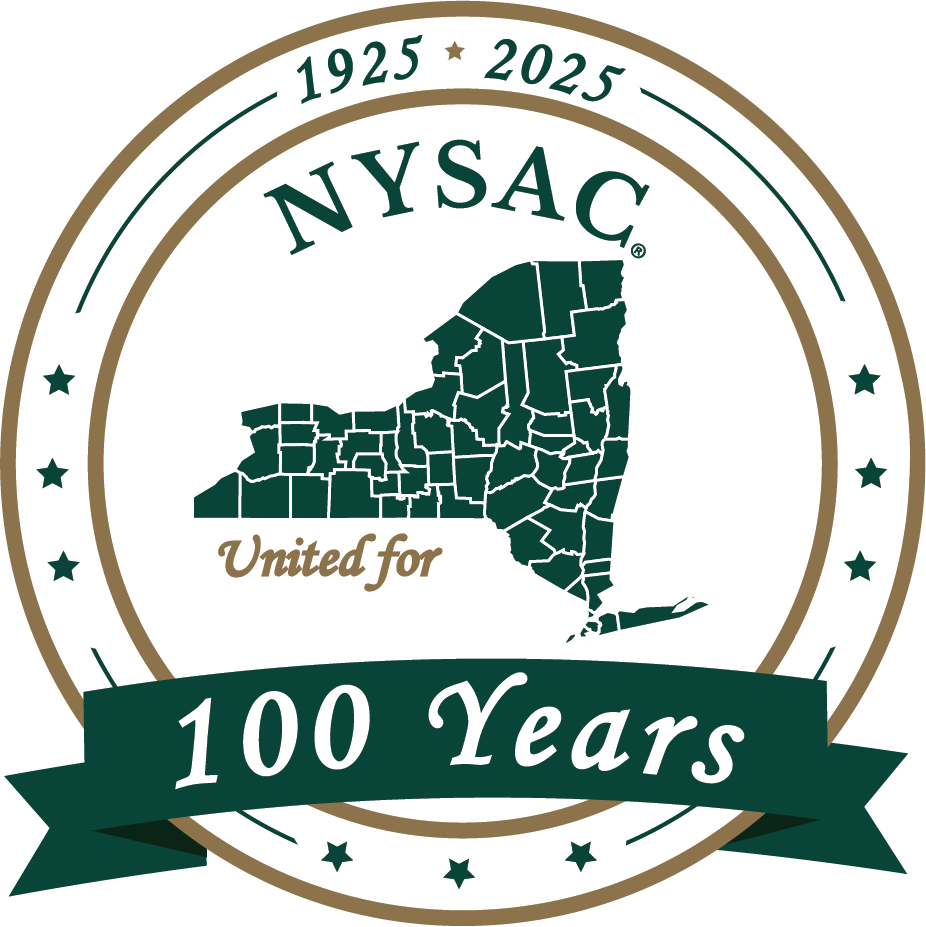Scenario Planning: Helping New York Plan Post COVID-19
By Aryeh Lemberger, Planning Project Manager, and Katherine Herleman, Senior Environmental Scientist, WSP
The impacts of the COVID-19 pandemic can be felt throughout every neighborhood and in every aspect of our lives. Leaders across New York have been supporting their communities through a number of measures intended to mitigate the effects of the pandemic and rebuild their local economies. Each community is unique and so are the challenges faced in managing the response and securing the future.
As leaders persevere, we at WSP are beginning to see glimpses of the short-, medium-, and long-term impacts, many of which are still unknown. For communities of all sizes, how leaders address the impacts of the pandemic requires flexibility, empathy and resilient decision-making tools. Changes to fundamental assumptions require us to reimagine our personal and professional lives, and consequently our neighborhoods. New York counties, cities, towns and villages must adapt to these new norms by developing policies and planning initiatives to help their communities thrive. The question is, how?
Trend analysis may be an option; however much of the data that is available pre-dates COVID-19 and thus is not necessarily representative of the fluctuating vision for the interrelated comprehensive growth, development and density, ecologic and environmental sensitivities, climate mitigation and adaptation, and employment and transportation needs of New York regions. Therefore, successful leadership is contingent on projecting different visions of the future: scenarios to prepare our communities for what lies ahead.
Scenario planning is a powerful tool for planning for and responding to uncertainty. Process outcomes allow elected officials, policy and decision makers, planners, and service providers to make better-informed decisions which account for interrelated forces and evaluate a range of potential scenarios to position our communities favorably despite whatever challenges they face.
Scenario planning offers greater detail into short-, medium- and long-term visions not readily captured in traditional trend-line modeling embodied in most existing plans and forecasting models. It provides the opportunity to evaluate a range of outcomes and explore the benefits, challenges and costs of alternative futures, recognizing that different geographies, incomes, environmental factors and other demographic variables could exhibit different trends as they relate to where and how people will want to live, work, recreate and shop.
There are many practical applications for scenario planning as follows:
- Scenario planning matrix can incorporate ad-hoc considerations such as social distancing and increased telecommuting into the long-range planning process to establish new residential density requirements.
- Useful alternative scenarios can be created using capital investments, such as implementing planned new arenas and convention centers, retrofitting existing pocket parks and playgrounds, or building sanitary and transportation infrastructure.
- Better planning options can be established by incorporating cost and tax implications, environmental and health effects, community services requirements and other considerations into the process.
Scenario planning also provides local agencies and decision makers with the opportunity to test and realize short-, medium- and long-term planning and development realities, within a set of variables that present a range of potential outcomes. Therefore, over time, multiple variables can be tested to develop potential future realities that can then be strategically implemented. For instance, variable income levels and housing costs presented in a matrix can be adjusted to represent potential future conditions to inform migration, property tax and transportation demand scenarios driven by those factors. Such outcomes can also be tested against regional, state, and federal goals and requirements, enabling broader outcomes and comprehensive solutions to be considered.
Scenario planning encourages policy makers, stakeholders, and the public to think creatively, collaboratively, and comprehensively when considering a wider range of potential opportunities, challenges and possible choice-related futures. We at WSP see scenario planning as a powerful tool not because it can predict the future or provide a specific answer, but rather because it is a methodology for evaluating alternative futures not easily estimated using past trends or assumptions.
There is no one-size-fits-all scenario to address the impacts of COVID-19 throughout New York. Recent trends, along with COVID-19, will drive diverse changes throughout the state. A scenario planning approach to developing and testing alternate futures will allow us to plan for effects that we don't fully understand in order to work with uncertain and disruptive societal, economic and technological trends to maximize community stability and prosperity. From these alternative futures, WSP assists clients to identify the most likely scenario to plan for, but with understanding that other outcomes are possible, and should still be considered in policy planning and funding choices.
Read more about scenario planning and COVID-19 on WSP's website.
Download WSP's whitepaper on scenario planning.
Contact Us
New York State Association of Counties
515 Broadway, Suite 402
Albany, NY 12207
Phone: (518) 465-1473
Fax: (518) 465-0506

